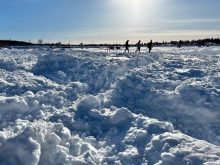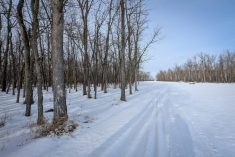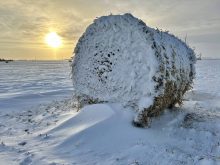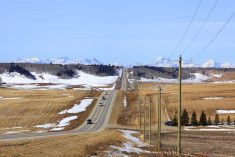If you haven’t noticed, it has been an unusual winter, and that unusualness is causing all sorts of headaches with weather forecasting. In particular, cloud cover. In the last forecast period, it looked as if high pressure would dominate the weather bringing plenty of clear skies along with more seasonable temperatures. Well, some regions did see some clear skies, but large portions of the prairies were stuck with clouds, fog, and flurries. What’s going on?
High pressure did move in, but it was not very strong, and it was not able to scour out all the low-level moisture. This moisture, combined with a couple a weak disturbances, allowed for the formation of low clouds and fog. There was even enough moisture to generate flurries. The low cloud also helped prevent any strong radiational cooling, which kept temperatures much milder than predicted, for the most part.
Read Also
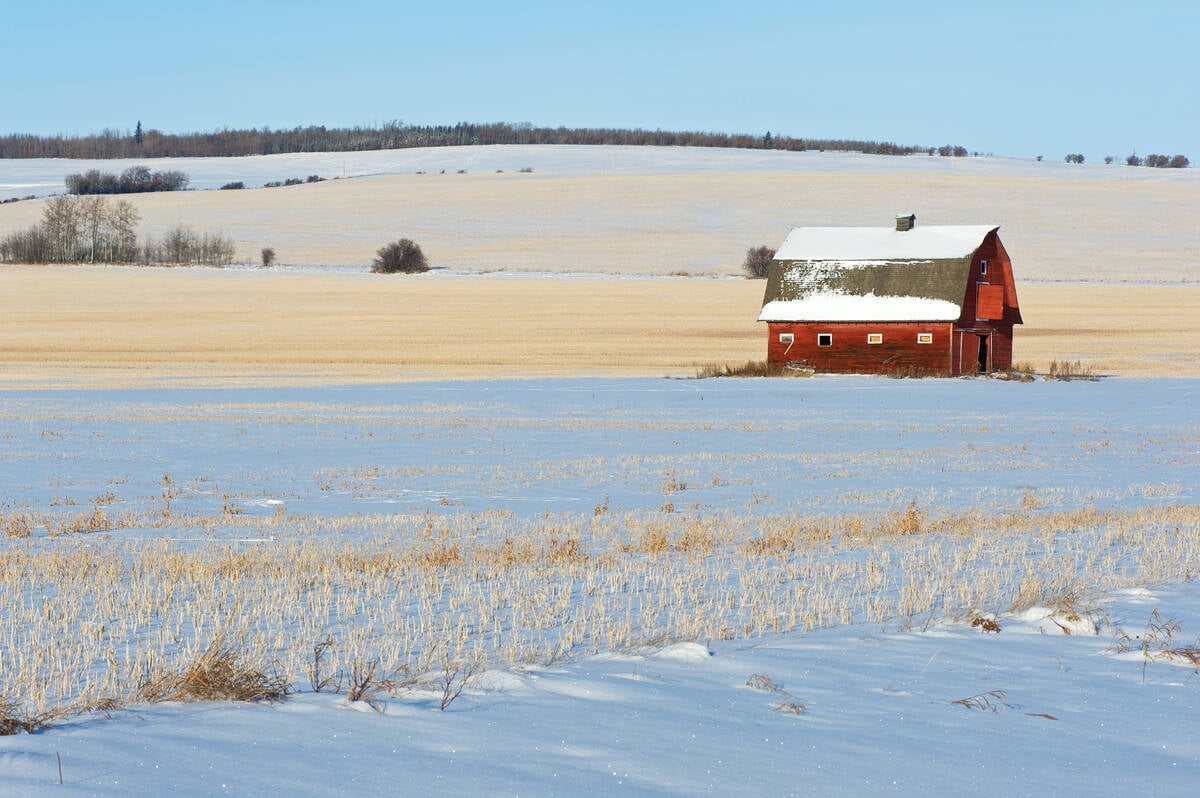
Prairie forecast: Plenty more chances for snow over Holidays
The pattern of Pacific storm system after Pacific storm system looks set to continue for a while longer. We begin this forecast period with a heavy snowfall warning in effect across parts of Alberta.
For this forecast period, it looks like we’ll see a little more sunshine as slightly stronger high pressure moves into the Prairies. However, with the way things are setting up, I can’t guarantee how long the sunny skies will last, at least over the eastern half of the prairies.
The general setup across the Prairies for this forecast period has weak ridging over the west coast with a trough of low pressure over Ontario and Quebec. The flow and position of these two features will create a dividing line between cold arctic air and warmer Pacific air that will stretch from the eastern Yukon, southeastwards towards James Bay.
This means that overall, most of the prairies will be spared any really cold air. Western regions will stay the warmest and eastern regions will have the best chance of seeing colder temperatures. It also means that this dividing line will be the focus of cloud cover, so depending on exactly where it sets up, it will determine who stays sunny and who is cloudy. Unfortunately, this setup is not favorable for any significant amounts of precipitation. The overall forecast looks dry.
Alberta
Surface high pressure combined with a weak upper ridge will keep this forecast period dry and mild across pretty much the whole province. Daytime highs will start off around -10 C over northern regions to around -5 C in the south. As the upper-level ridge slowly builds, daytime highs will warm to around -5 C in the north, 0 C over central regions, and around +5 C in the south.
There is the potential for the ridge to be a little stronger and with the strengthening spring sunshine, there may be a few double-digit highs over southern regions by early next week.
Moisture looks limited with maybe the odd flurry or shower over extreme southwestern regions on Sunday or Monday as a weak disturbance tracks by.
Saskatchewan and Manitoba
Once again, I can group these two provinces together–because, well, not much is happening during this forecast period.
It looks like Arctic high pressure will build in on Thursday. This should finally end the persistent cloud cover that Manitoba and a good chunk of Saskatchewan, have seen over the last, oh I don’t know, couple of weeks. Along with the sunshine, this high will usher in more seasonable temperatures on Thursday and Friday with daytime highs over both Manitoba and Saskatchewan forecasted to be in the -10 C to -14 C range with overnight lows falling to around -20 C.
Over the weekend, the Arctic high will pull off to the east, allowing for milder Pacific air to work in. Expect daytime highs to warm into the -4 to -6 C range with overnight lows falling to around -10 to -12 C. Along with the warmer weather will come the chance of some more clouds, but at this point it looks like it’ll only be partly cloudy at worst.
A second area of Arctic high pressure is forecasted to drop southeastward into Manitoba and northwestern Ontario early next week. This high looks to take a more easterly route which means Manitoba would see the coldest temperatures. Daytime highs could once again drop into the -10 to -14 C range. Saskatchewan should see highs about 4 to 5 C warmer.
As the high drops southeastwards on Monday and Tuesday there will be some clouds and possible flurries as the cold air pushes up against the milder air to the east with the best chance being over Saskatchewan and western Manitoba.





